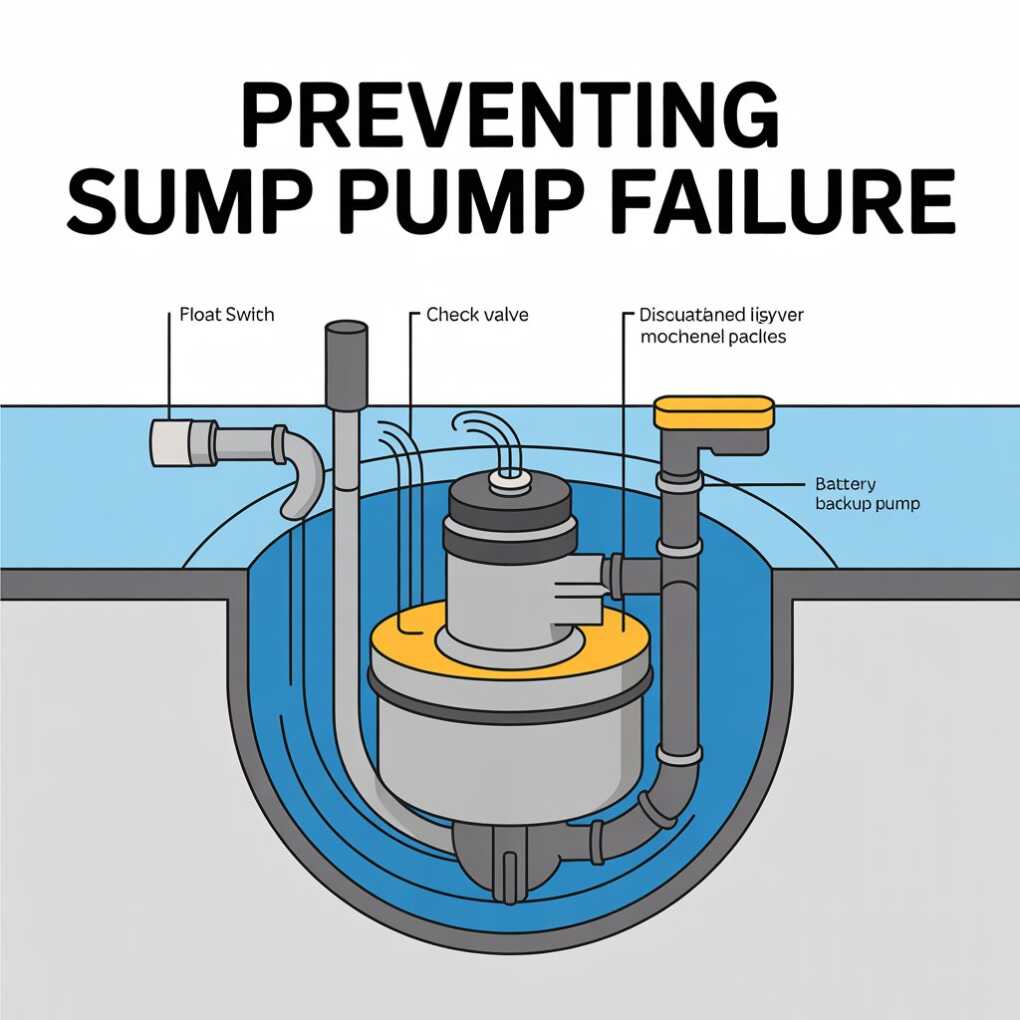Basement flooding is a nightmare for homeowners, posing threats to property, health, and peace of mind. At the heart of effective flood prevention is a well-maintained sump pump, acting as the critical line of defense between your home and costly water damage. Regular sump pump care ensures reliable performance in emergencies, especially during heavy rains or storms. Learn proactive strategies and essential maintenance to keep your pump operating flawlessly. For residents seeking local plumbing expertise, the team at https://lutzplumbing.com/shawnee-ks-plumbing/ provides valuable assistance with installation, repair, and troubleshooting.
Neglecting sump pump upkeep can lead to disastrous consequences, including severe flooding, mold growth, and expensive repairs. However, these risks are highly preventable. With routine inspection and attention, you can maximize your system’s life and reliability, giving your basement the best protection against water intrusion.

Why Sump Pump Maintenance Matters
Sump pumps often rest idle for months, only kicking into action when water levels threaten your basement. Because a malfunction is usually discovered in urgent circumstances, routine maintenance minimizes the chance of failure when you need it the most. Being proactive saves time, money, and stress from sudden breakdowns and emergency repairs.
The potential cost of water damage can escalate quickly, including ruined belongings, compromised structural integrity, and hazardous mold growth. Homeowners’ insurance may not always cover flooding due to neglect or equipment failure. Consistent maintenance also extends the lifespan of your equipment, reducing the likelihood of needing a full sump pump replacement before its expected timeline.
Regular Testing and Inspection
Periodic tests are the simplest way to ensure your sump pump is functioning. Every few months, pour a bucket of water into the sump pit. The pump should activate promptly, expelling water efficiently through the discharge line. If it does not, investigate for simple fixes, like power supply issues or obstructions, or consult a professional if concerns persist. This basic habit helps detect problems before they escalate into flooding disasters.

Keep the Sump Pit Clean
Over time, dirt, leaves, and other debris may collect in the sump pit. This buildup restricts the pump’s intake and can cause clogs, diminishing its efficiency or leading to outright failure. Schedule sump pit cleaning at least twice yearly—remove debris by hand, then rinse the pit with clean water to maintain an unobstructed flow. Clear pathways ensure water exits your basement quickly and smoothly.
Ensure Proper Positioning
Vibrations and minor flooding incidents can cause a sump pump to shift from its original position, hindering the float switch operation. A sump pump that is not upright, or tilts within the pit, can easily fail to activate at the right time. As part of your inspections, verify the pump is stable and securely stationed to allow for unimpeded float switch movement.
Inspect the Discharge Line
The discharge line carries water safely away from your home’s foundation. Regularly check this line for blockages, dirt accumulation, ice, or kinks that could restrict water flow. These clogs are among the most common reasons a pump fails despite working hard below ground. Especially during cold weather, consider installing insulation or a specialized discharge line cover to prevent freezing and subsequent backups.
Test the Float Switch
The float switch is designed to automatically sense rising water and trigger your sump pump. Malfunction of this essential component often leads to basement flooding. During your periodic maintenance, pour water into the pit and observe the float. Any sticking, slow response, or lack of movement signals the need for cleaning, adjustment, or replacement of the float switch mechanism to ensure prompt activation.
Install a Backup Power Source
Severe weather often brings power outages, making a backup power solution crucial. A battery backup keeps your sump pump functioning when the electrical supply is interrupted, and some systems even offer alarms to notify you of problems while you are away. These systems are often straightforward to install and provide additional flood protection for your home and valuables.
Schedule Professional Inspections
Though regular homeowner maintenance is invaluable, an annual professional inspection can uncover deeper issues such as subtle wear, wiring problems, or improper installation that might be missed. Professionals have specialized tools and expertise for comprehensive inspections, helping you address potential hazards before they escalate. Your local plumbing expert can also recommend modern upgrades or repairs based on their assessment.
Final Thoughts
A well-maintained sump pump is essential for safeguarding your basement from flooding, property damage, and unnecessary stress. Following these key maintenance tips—involving regular testing, cleaning, inspections, and backup solutions—will help ensure your sump pump remains reliable and effective year after year. By being proactive and attentive, you’re protecting your home, your health, and your investments for the long run.
